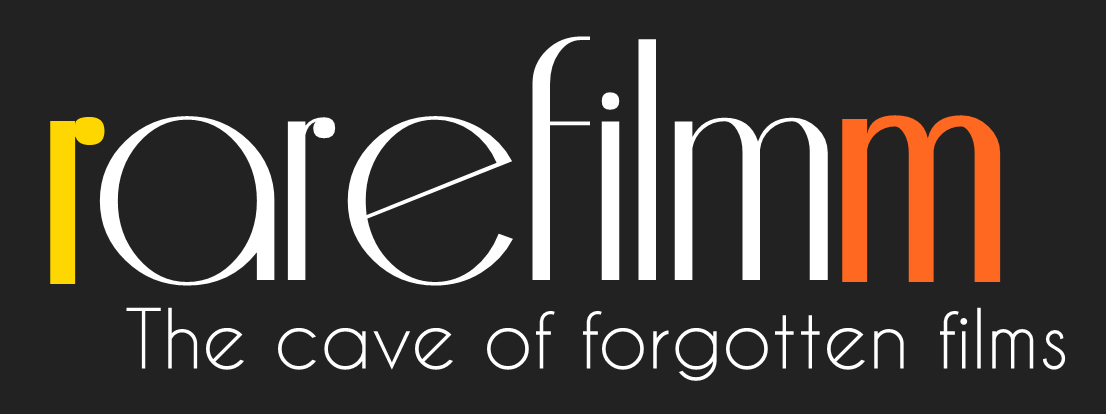Blanche Dubois goes to visit her pregnant sister and husband Stanley in New Orleans. Stanley doesn’t like her, and starts pushing her for information on some property he knows was left to the sisters. He discovers she has mortgaged the place and spent all the money, and wants to find out all he can about her. Even more friction develops between the two while they are in the apartment together…
rarefilmm | The Cave of Forgotten Films Posts
Film professor Michael falls in love with one of his students and is confronted with his pupil’s father, with whom he had an affair over 15 years ago. This unexpected meeting abruptly overturns the lives of all the characters. When the tutor decides to undertake a planned trip to London, not with the son but with the father, he is once again forced to choose; this time between his wife and his friend.
Fresh out of prison, Git rescues a former best friend (now living with Git’s girlfriend) from a beating at the hands of loan sharks. He’s now in trouble with the mob boss, Tom French, who sends Git to Cork with another debtor, Bunny Kelly, to find a guy named Frank Grogan, and take him to a man with a friendly face at a shack across a bog. It’s a tougher assignment than it seems: Git’s a novice, Bunny’s prone to rash acts, Frank doesn’t want to be found (and once he’s found, he has no money), and maybe Tom’s planning to murder Frank, which puts Git in a moral dilemma. Then, there’s the long-ago disappearance of Sonny Mulligan. What’s a decent and stand-up lad to do?
A rediscovered masterpiece, director Larry Clark’s As Above, So Below comprises a powerful political and social critique in its portrayal of Black insurgency. The film opens in 1945 with a young boy playing in his Chicago neighborhood and then follows the adult Jita-Hadi as a returning Marine with heightened political consciousness. Like The Spook Who Sat By the Door and Gordon’s War, As Above, So Below imagines a post-Watts rebellion state of siege and an organized Black underground plotting revolution. With sound excerpts from the 1968 HUAC report “Guerrilla Warfare Advocates in the United States,” As Above, So Below is one of the more politically radical films of the L.A. Rebellion.
This film is based on the famous horror story by Ambrose Bierce. It tells of a hunter whose young wife dies of fever. Her grief stricken husband prepares her body for burial, but during the night the forces of nature intervene to create a horrific and macabre ending.
Edward Monskii, is in a very bad shape, and Botter Gaarman, obviously tired, are in the terrace of a coffee of a Mediterranean city, ready for a long time prepared mission. When a quite old man, Ernest Carpentier, joined their table, the situation becomes tense and dangerous.
Two teenagers meet and cautiously fall in love in beautiful surroundings during the peak of an idyllic Swedish summer. Oblivious to social boundaries, they innocently create their own inner world, expecting little from the dysfunctional and world-weary adults around them.
An enchanting and humorous blend of music, fable, and melodrama, Tajouj has become a classic of African cinema, the first Sudanese feature film and also the debut film of Gadalla Gubara. The story of a forbidden love triangle among the nomadic Beja people of the Eastern Desert in 19th-century Sudan, Tajouj stars Salah Ibn Albadya, a nationally beloved performer best known for his mystical Sufi and romantic ballads.
